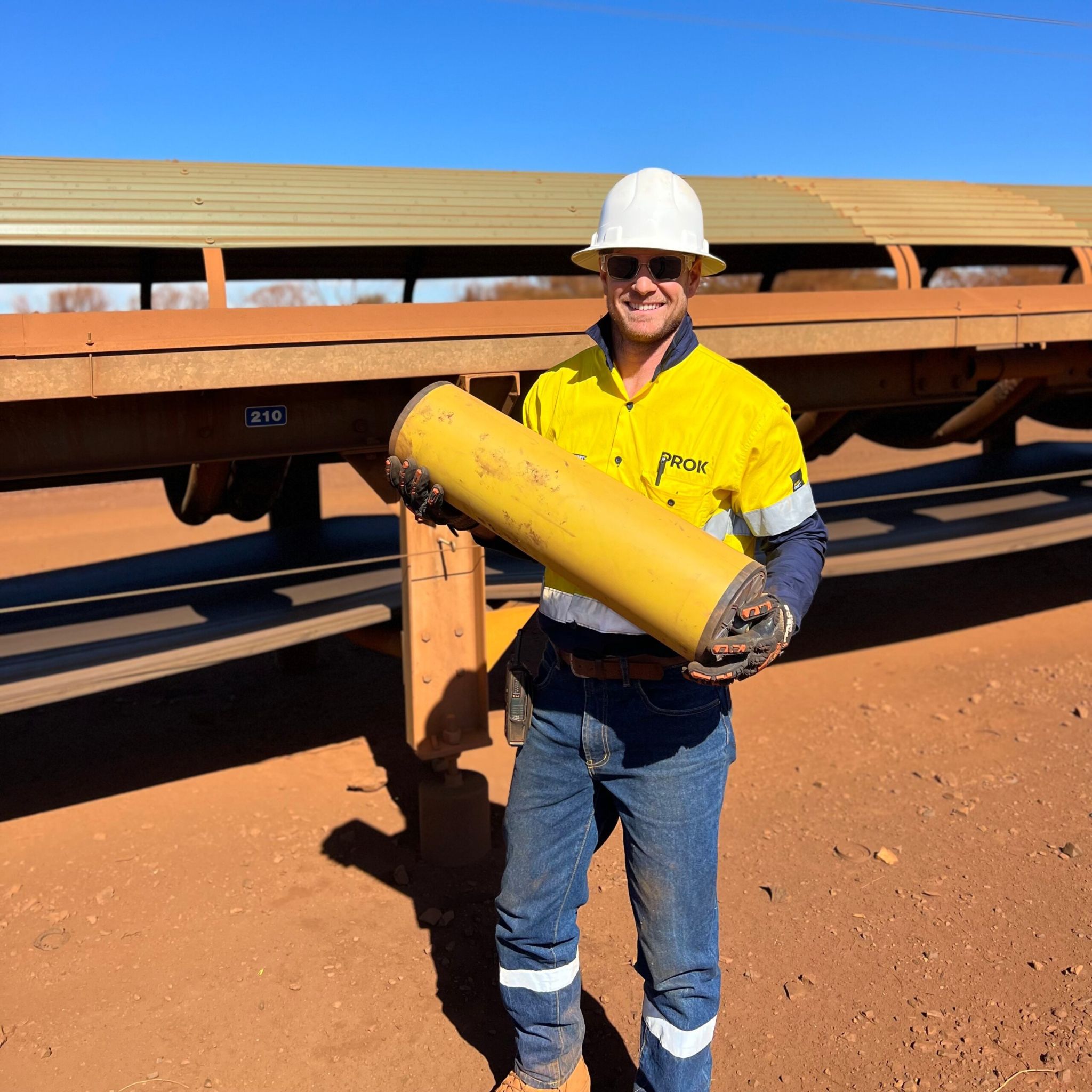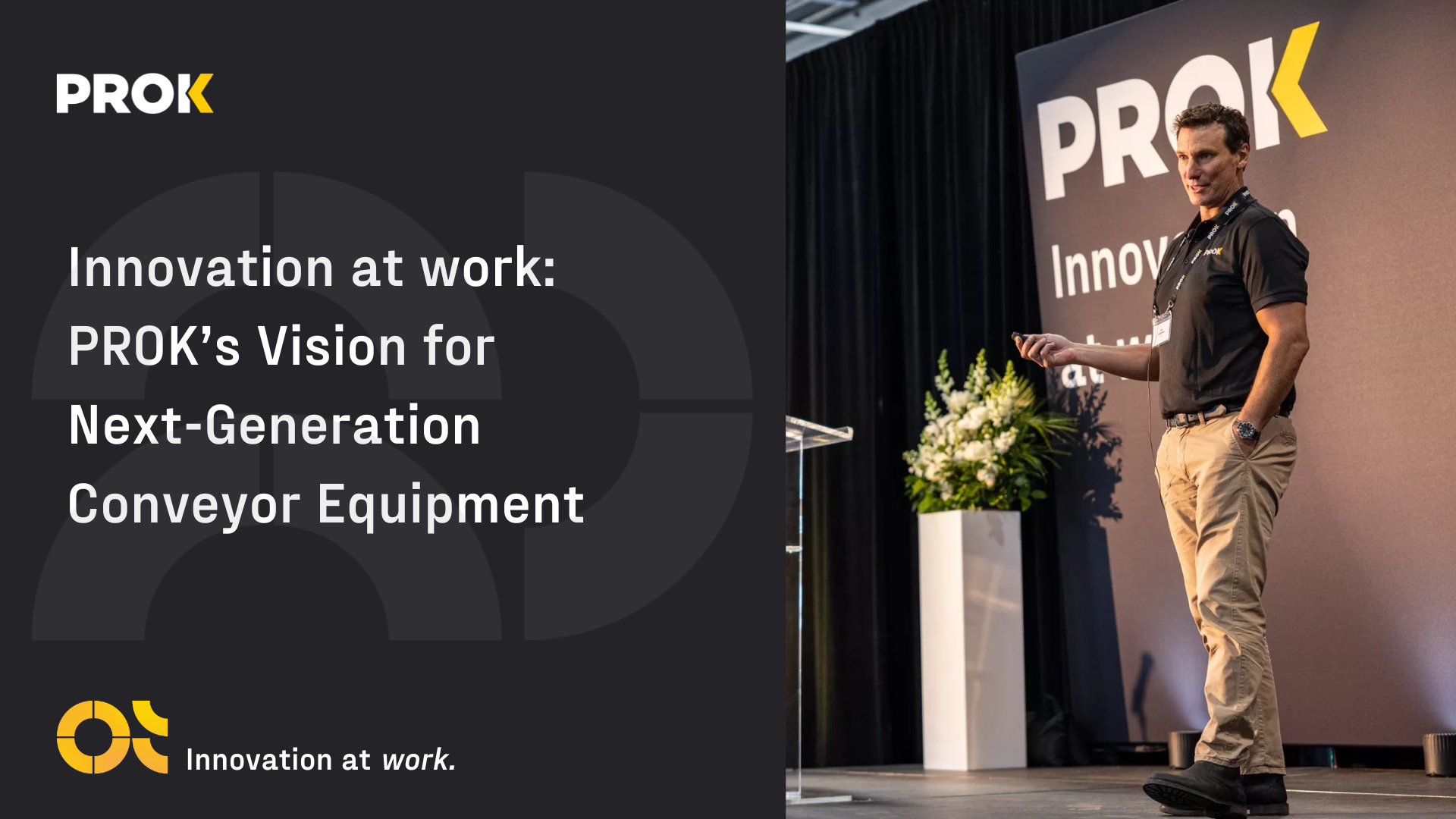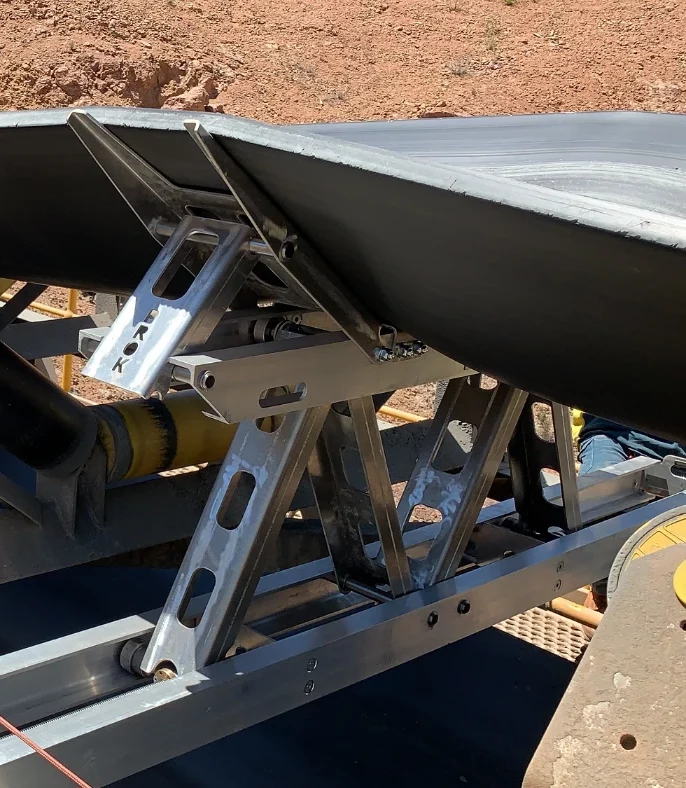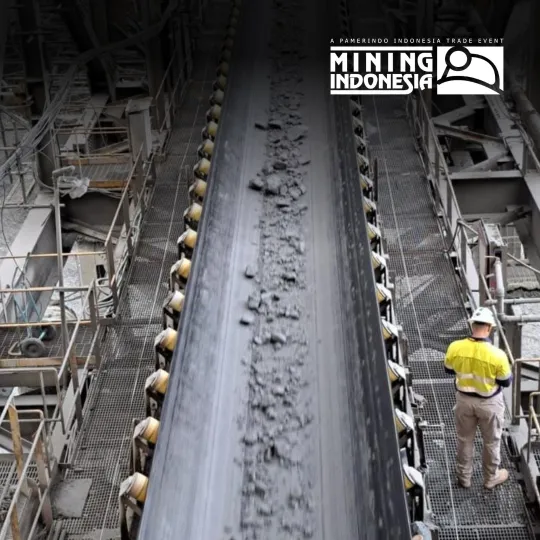Site maintenance crews across the globe play a vital role in ensuring the smooth and safe operation of their conveyor system and its components. Traditionally, steel rollers have been the go-to choice due to their strength and durability.
However, the maintenance landscape is evolving, and composite rollers, like PROK HDPE, are increasingly becoming the preferred option. In this blog, we’ll explore why mining companies are opting for lightweight composite rollers over steel ones and how this shift enhances safety during roller change-outs.
Why Composite Rollers?
Composite rollers offer a number of advantages over steel rollers, including:
- Lightweight: Composite rollers are up to 33% lighter than steel rollers, making them easier to handle and install, and reducing the risk of worker injuries.
- Durable: Composite rollers are made from a combination of materials that are resistant to abrasion, corrosion, and impact, making them ideal for harsh mining environments.
- Low-maintenance: Composite rollers require less maintenance than steel rollers, reducing downtime and costs.
The Rise of Composite Rollers
Composite rollers have been steadily gaining popularity in recent years, largely due to their lightweight properties and durability. Made from a combination of materials such as fiberglass, reinforced plastics, and other composites, these rollers are considerably lighter than their steel counterparts, and this weight reduction offers numerous advantages.
Total weight cost savings
The transition from steel rollers to lightweight composite rollers brings about a profound transformation in the workplace.
In the Pilbara region of Western Australia, a prominent iron ore miner recently installed PROK HDPE on their conveyor systems and achieved an astounding annual decrease of 150,000 kilograms of total weight manually handled when changing out rollers. This change has substantially reduced the workload on maintenance teams. The lightweight construction of PROK HDPE not only enhances operational efficiency but also promotes a more diverse and adaptable workforce.
Enhanced Efficiency
One of the primary reasons mining companies are embracing composite rollers is their exceptionally lightweight construction. PROK HDPE is up to 33% lighter than steel alternatives. The reduced weight makes them easier to handle and install, requiring less physical effort from workers.
This results in increased efficiency, allowing maintenance tasks to be completed more quickly. For instance, when rollers need to be replaced or repaired, workers can move and install composite rollers with minimal effort, reducing downtime and increasing productivity.
Reduced Injuries
Safety should always be a top priority, and composite rollers contribute significantly to improved safety performance.
PROK HDPE’s lightweight design reduces the risk of worker injuries during roller changeouts. Handling heavy steel rollers can lead to accidents, strain, and injuries, especially in situations where precise positioning is required.
Composite rollers eliminate much of this risk, providing a safer environment for the maintenance team.
Steel rollers often feature exposed pinch points where workers’ hands and fingers can inadvertently become trapped when setting or adjusting the rollers. Composite rollers are typically designed with fewer exposed pinch points, further reducing the risk of accidents that could cause hand and finger injuries.
The lightweight properties of PROK HDPE also make them a suitable choice for extreme applications, for instance conveyor systems that operate in higher altitude in countries such as Peru and Chile.
Working at high altitudes can have various physiological effects on individuals due to lower oxygen levels, such as decreased oxygen saturation, increased heart rate, and increased respiratory effort. These factors can contribute to fatigue and decreased cognitive performance. Altitude sickness can further exacerbate these symptoms and impact worker productivity.
The challenge of having to lift heavy steel rollers further amplifies this issue for operations in high altitude. The reduction in weight per roller carried through the use of composite rollers can alleviate this issue.
Conclusion
The choice to use lightweight composite rollers over traditional steel rollers represents a significant step forward in the world of conveyor maintenance. With improved efficiency, reduced maintenance costs, and, most importantly, enhanced safety for workers, composite rollers have quickly become the preferred option.
As the maintenance landscape continues to shift, the adoption of composite rollers is a clear testament to the industry’s commitment to improving operations and protecting its workforce. The lightweight nature of these rollers is more than just a convenience; it’s a step towards a safer and more efficient future for conveyor maintenance.








